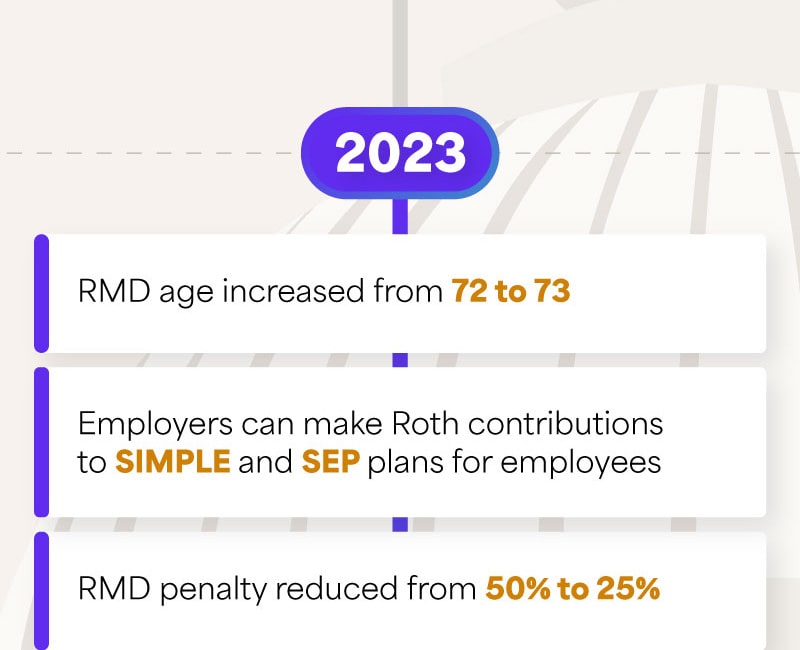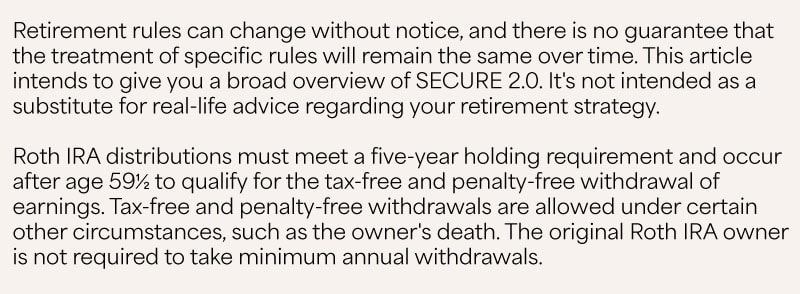Understanding the SECURE Act 2.0





































Start taking proactive measures to safeguard your legacy and plan for your family’s financial future.

Help small businesses make better retirement decisions for employees with this eye-catching and informative infographic.

Help clients navigate their Social Security claiming decisions with our interactive roadmap.